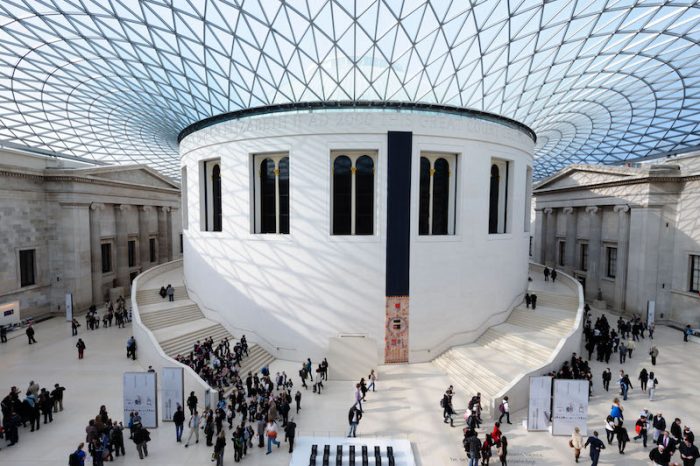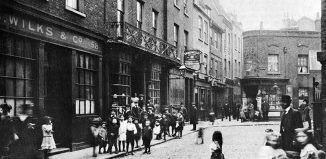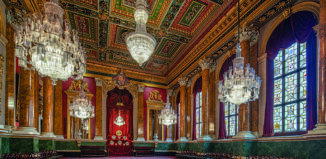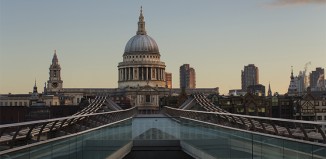The British Museum
The UK’s most popular institution houses eight million historic artefacts
Bloomsbury is as romantic a part of the capital as you could ever wish to stroll through and at its heart sits the British Museum, a Greek revival wonder complete with ionic columns and an ornate pediment.
And if you think the exterior is impressive, just you wait. The Queen Elizabeth II Great Court, which is the epicentre of the museum, is the largest covered square in Europe with a vast, domed roof made up of no fewer than 3,312 panes of glass – and no two are the same shape or size. Underneath this and the roofs of other wings of the building are housed around eight million objects, some dating back the best part of two million years.
The Rosetta Stone is arguably the most famous artefact. Once part of a much larger slab of stone discovered by Napoleon’s army in 1799, it bears three different languages which helped scholars to decipher ancient hieroglyphs. Visitors will also find objects as diverse as rare North Korea monographs, Egyptian mummies and Japanese erotic art.
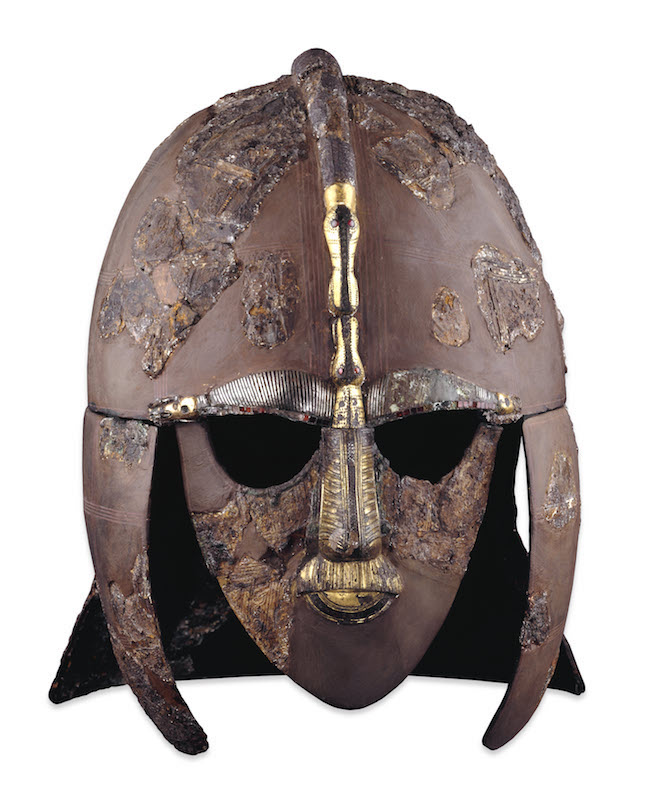
The seedlings of what was to become the British Museum were sown in the mid-1700s with the extraordinary collection of curiosities amassed by physician and naturalist Sir Hans Sloane, which consisted of more than 70,000 objects including natural history specimens, dried plants and antiquities from all over the world.
Sir Hans bequeathed the lot to King George II, who then added other libraries to the Sloane collection. With this, the British Museum was founded in 1753 and freely open to all, a brilliantly modern concept at that time.
The popularity of the collection shows no sign of waning; almost six million people visited the British Museum last year alone – making it the eighth most popular museum in the world.

